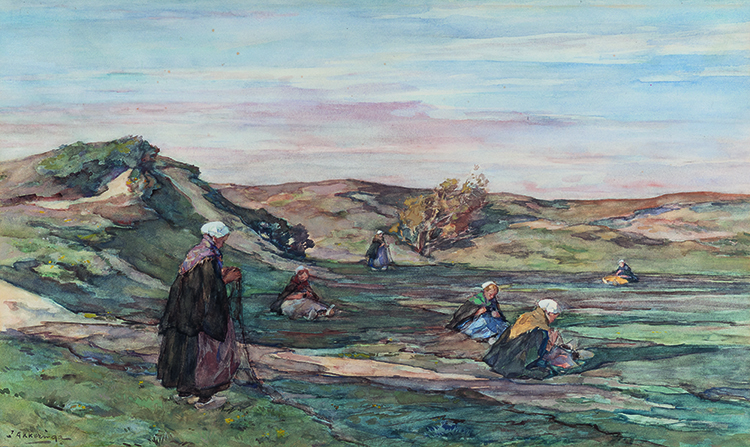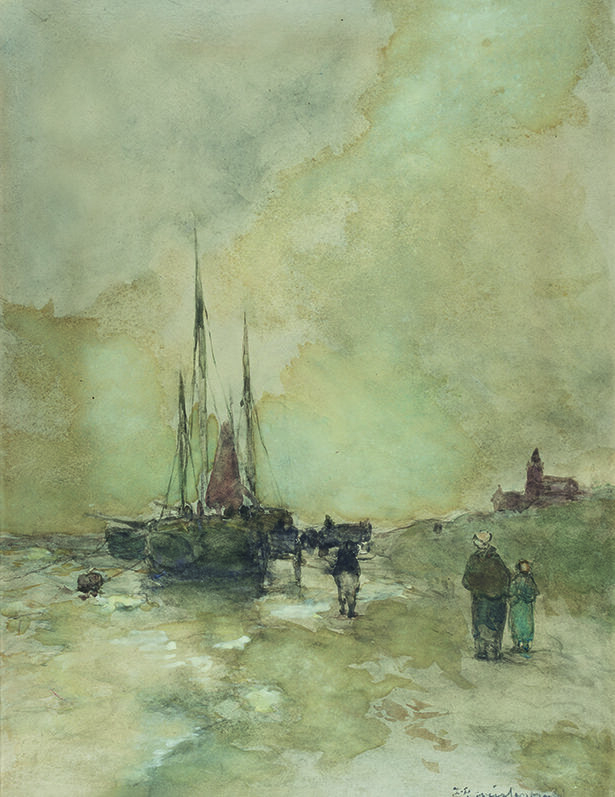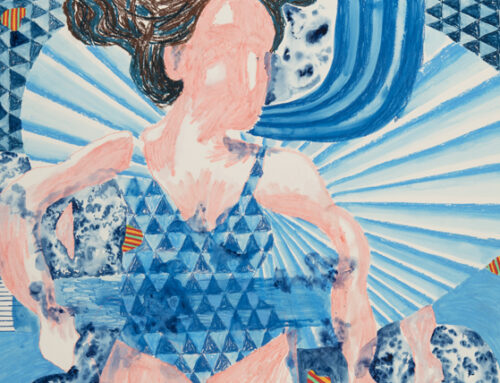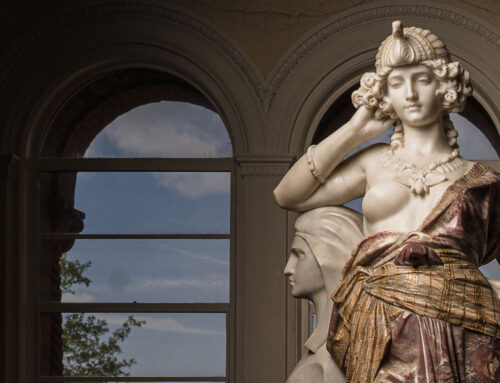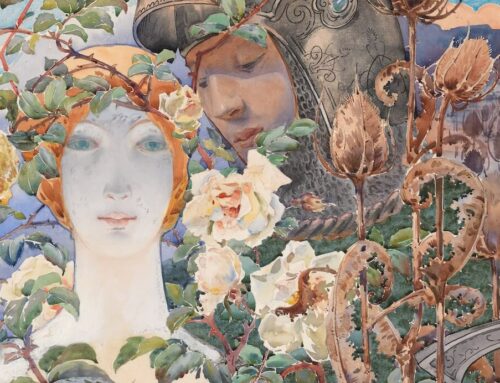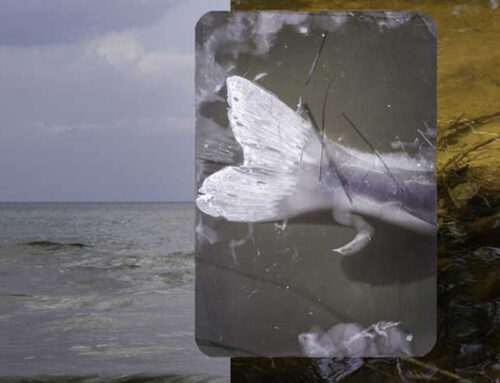The Hague School: The Second Golden Age of Dutch Painting
The Hague School denotes a group of artists that lived and worked in The Hague, Netherlands, during the 1870s and 1880s. This vibrant city and its picturesque surroundings provided the venues and subjects for the artists’ paintings, including the Dutch countryside and the North Sea, along with their striking atmospheric effects.
Drawing inspiration from the Golden Age Dutch masters like Rembrandt and Frans Hals, the artists of The Hague School studied their techniques by copying the great works on display at museums such as The Mauritshuis in The Hague. They also looked to the French Barbizon painters, adopting their interest in painting outdoors (en plein air) to directly capture from nature the fleeting effects of light and atmosphere.
Despite the impact of rapid industrialization throughout Europe, the Dutch countryside depicted in the paintings of The Hague School was as beautiful as it would ever be in the late 1800s, free of telephone wires, smokestacks, and train tracks. Amidst this scenic landscape of windmills and polders, The Hague School artists depicted traditional ways of life maintained by Dutch communities—genre scenes of everyday people in modest homes working with integrity and diligence.
Amassed over a twenty-year period, and presented publicly for the first time, the Robbins Collection conveys the undeniable impact of the Hague School on Dutch painting. As Holland stood on the brink of a new century, these influential artists heralded a new golden age of Dutch painting.
The Hague School: The Second Golden Age of Dutch Painting is presented by the St. Johns County Tourist Development Council. Additional support comes from the State of Florida, Department of State, Division of Arts and Culture, the Florida Council on Arts and Culture, and the National Endowment for the Arts.



Main image: Paul Joseph Constantin Gabriël, Sunset in Holland (1875–1885), detail. Oil on canvas

